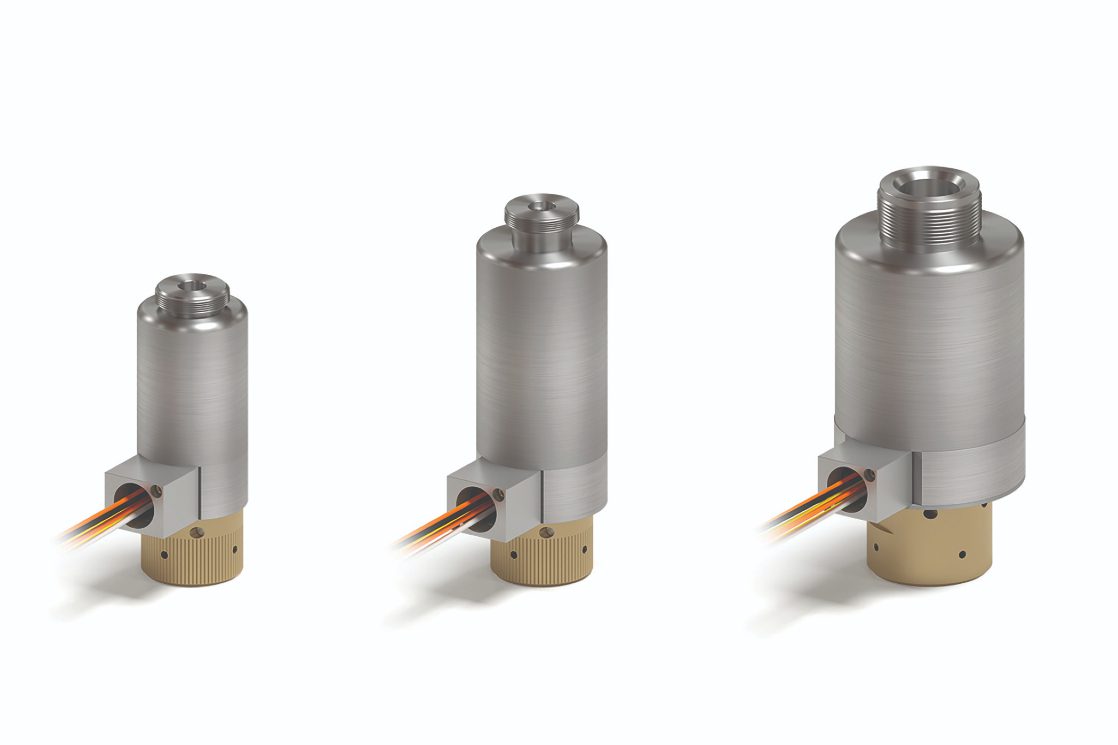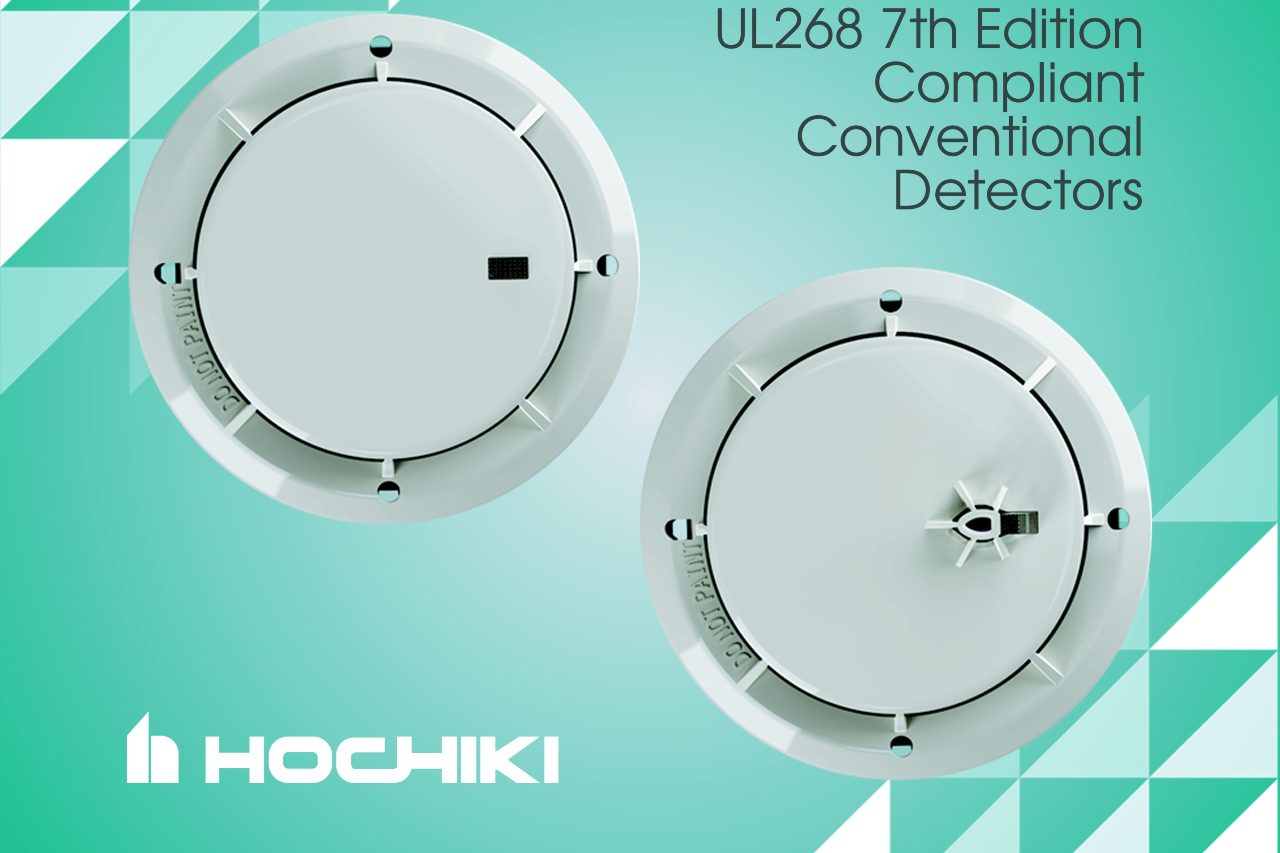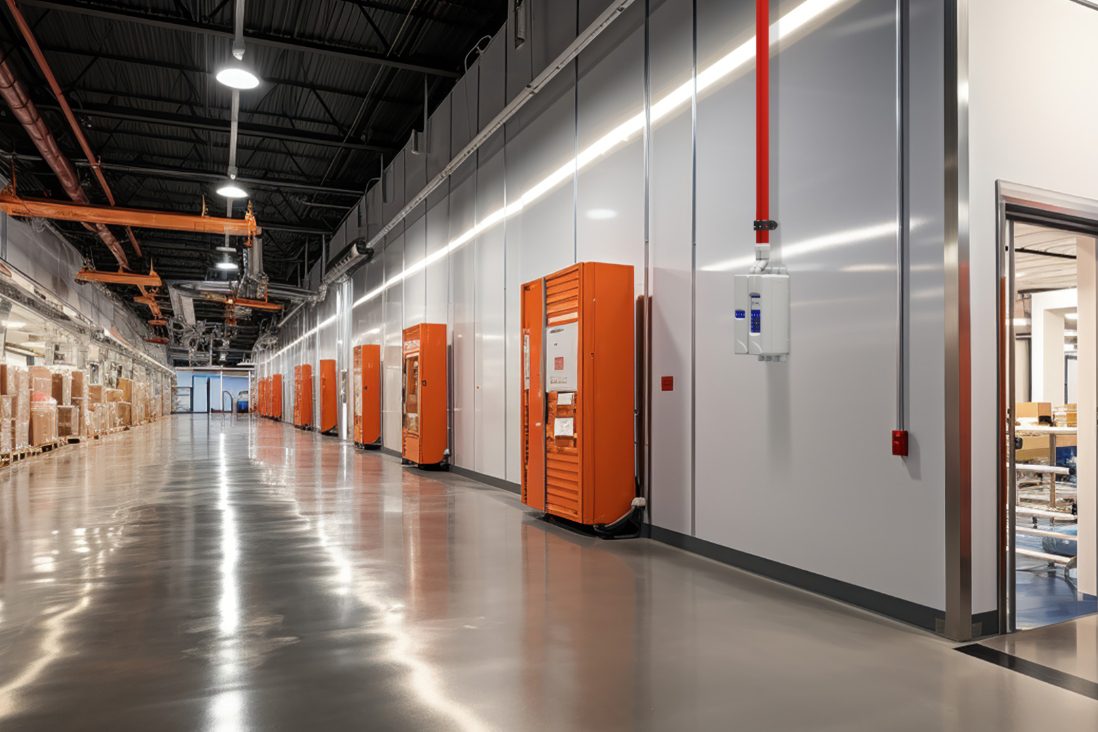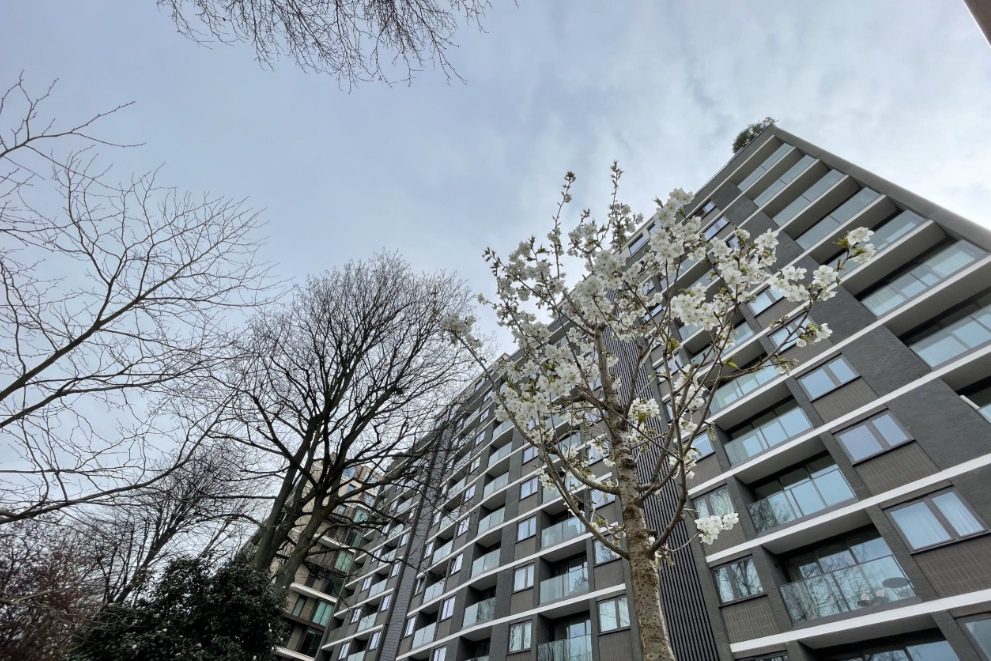A new portable airborne and surface decontamination solution from Scott Safety is achieving a fire industry first – decontamination of chemical, biological and radiological vapours, liquids and particles simultaneously in as little as five minutes.
The Light Decontamination System – Light Decontamination System can decontaminate environments as large as 500m³. At only 22 kg, LDS is the lightest portable decontamination system in its class, enabling first responders to work effectively in both confined spaces and remote environments.
“Light Decontamination System will revolutionise the fire market” says Dr David Crouch, Global Product Manager for Military & Civil Defence at Scott Safety. “It’s lightweight, portable yet extremely powerful. In validation trials, the system decontaminated anthrax by 99.9999999 percent from a 100m³ space, in less than five minutes.”
When exposed to CBRN (the release of chemical, biological, radiological or nuclear materials), prompt decontamination of fire fighters and their equipment following hazardous materials incidents, is paramount. Exposure can happen in a multitude of situations, from a call out to investigate accidental releases of hazardous materials at industrial locations, to flood defence, motorway fuel spillages and even terrorist activity. As the industry also learns more about the long-term effects of firefighter exposure to carcinogens and the link to occupational cancer, decontamination at the incident scene is more important than ever.
With the rising cost of Personal Protective Equipment (PPE), providing back-up gear for every firefighter in a brigade is a significant investment. LDS provides brigades with a cost-effective solution to fully decontaminate the vehicle, equipment and the firefighters themselves (with use of respiratory protection), enabling teams to return to the station in uncontaminated suits.
The Light Decontamination System utilises new Scott Safety atomisation technology to create a fine mist to ensure even and consistent coverage and haptic dry surfaces. Rapidly projecting these droplets in the form of a dense and turbulent mist, the system is capable of delivering CBRN decontaminants to all non-line of sight surfaces. This process drastically reduces both the chemical footprint and time required for effective decontamination. Unlike many traditional decontamination systems which utilise liquids, this new process forces powders to behave like a gas, ensuring that sensitive and electronic equipment is not damaged.
Environmentally friendly and cost-efficient, Light Decontamination System typically requires only five percent of decontaminant compared to traditional systems due to the gas-like behaviour of the small droplet mist. Easily directed and controlled with a lance hose, the system achieves a projection distance of up to 30 meters and is compatible with a range of chemistries.
The water payload of the Light Decontamination System enables the system to be utilised for Class A and B Fire Fighting applications. For chemical and biological decontamination, the Light Decontamination System ,is chemically agnostic so can use a diverse range of decontaminants including deliver of Alkoxides, Hydrogen Peroxide, Hypochlorous Acid, Peracetic Acid esters, Chlorine Dioxide, Sodium Hypochlorite and Potassium Peroxymonosulfate. Radiological and nuclear decontamination includes delivery of strippable coatings, fixatives and other sequestering liquids.
Following government plans to reduce the number of specialist decontamination units for fire and rescue services in England[1], Light Decontamination System provides a highly mobile, scalable solution. For large scale infrastructure whereby longer duration or wider area capability of up to 2000m³ is required, Scott Safety also offers the Remote Decontamination System (RDS) which operates using a remotely operated 360° tripod to provide increased levels of decontamination efficacy and performance.
For further information, please visit www.scottsafety.com/emea.
